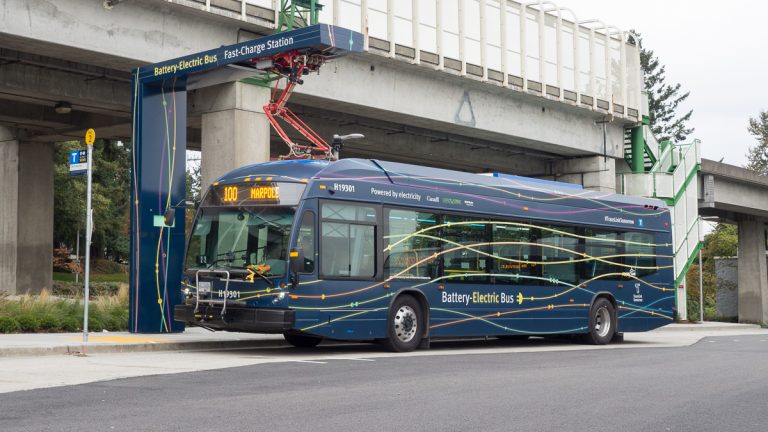About a month ago, TransLink launched its first four electric battery buses on a trial program on the #100 Marpole-22nd Street Station route. There are currently two bus models being trialed: New Flyer XE40, and the Novabus LFSe. These are actually not the first electric battery buses to be run on Vancouver roads. In 2017, TransLink had one demonstration bus from Build Your Dreams (BYD). I never got a chance to ride it though. Whereas the BYD had slow charging (overnight at the depot), the New Flyer and Novabus models here have fast charging at the termini. Two fast charging Continue Reading
new flyer
Post-summer update
I can’t believe it’s September already. The weather is starting to become cool and wet, days are becoming shorter, marking the end of what has been an incredible summer (and year to date). It’s been a while since I’ve written here, so with the changing season I thought I’d share a bit of an update of 2016 so far. Some of these warrant their own blog posts, but until I have time to write the full thing here is a summary.
A new batch of New Flyer XDE60 articulated buses
This past Wednesday, TransLink started to put the newest batch of buses out onto the streets, in particular, Surrey streets. The transit enthusiast in me could not resist seeking out that new bus smell. These buses are the same model as the previous set of articulated buses back in 2013. However, this new batch has the “charcoal top” livery instead of the light grey which I think looks much better and fitting with the rest of the fleet. Like the last batch, these buses are fully air-conditioned. (Recently, TransLink announced that all future bus orders will have air conditioning standard.) These Continue Reading
The end is near for Whistler’s hydrogen fuel cell buses
In one week, Whistler’s fleet of hydrogen fuel cell buses will be parked as their five-year pilot project ends. Nova Bus diesel buses will be replacing them as of April 1st, 2014. The fleet of twenty buses is currently the largest fleet of hydrogen fuel cell buses operating in the world. The fuelling station for the fleet is also the world’s largest hydrogen filling station. The hydrogen fuel cell buses were brought to Whistler by a five-year demonstration project sponsored by the federal, provincial and municipal governments, and the Canadian Hydrogen and Fuel Cell Association. The buses arrived in late Continue Reading
New Xcelsior buses hit Vancouver streets
It has been quite a while since we’ve received new buses, especially a new model, here in Metro Vancouver. This past Monday, the newest buses of the fleet, New Flyer Xcelsior XDE60s, commenced revenue service on the #49. West Vancouver also has some Xcelsiors, but they are the 40 foot diesel versions as shown on the right. They have been in service since January. According to New Flyer, Xcelsiors boast several advantages such as better fuel economy, streamlined design, and a better experience for both the driver and passengers. These new buses look a lot sleeker than their predecessors, however Continue Reading
